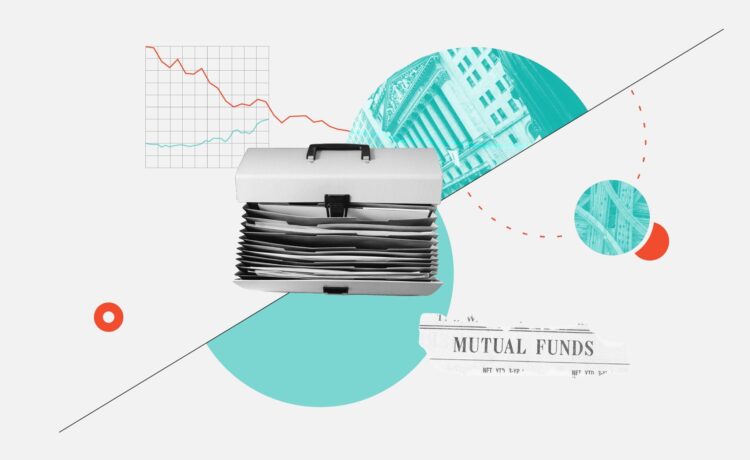Inflows to money market and bond funds dwarfed those of stock funds in the second quarter of 2024 as the hunt for income reigned.
Investors continued to shift money into bank loan funds, with their high yields and strong performance, as well as stock funds that generate high income for investors through options strategies. Here are five key investment trends from the second quarter.
Strong Money Market Flows, but Far From 2023′s Heights
Investors poured $47 billion into money market funds during the second quarter. While that’s roughly three times the amount seen in the first quarter, it was just over a tenth of the flow explosion during the first quarter of 2023, when investors piled into the safety of money market funds as the regional banking crisis rattled markets. Since then, interest in money market funds has remained high as they’ve seen their highest yields in many years, often over 5%.
Ultrashort Bonds Reign
Investor interest in bond funds continued. Taxable bond funds raked in $87 billion, down from the $143 billion bonanza of the first quarter. However, that still topped the quarterly flows to bond funds seen throughout 2023, as well as the outflows they experienced during the big bear market for bonds in 2022.
A standout area was ultrashort bond funds, which received $19 billion, a huge increase from the $1.1 billion outflows in the first quarter and the biggest quarterly inflow since the second quarter of 2020. Investors often gravitate toward the defensive nature of ultrashort bond funds when interest rates rise. But the move into these and money market funds comes as investors anticipate the Federal Reserve to cut rates starting in September, albeit more slowly than expected at the start of the second quarter. As with money market funds, high yields are a likely attraction.
Another area of strength within fixed income was bank loan funds, which pulled in $5 billion during the quarter. That was roughly double the $2.6 billion posted in the first quarter and the highest level since the first quarter of 2022. Bank loan funds have been top performers in recent years, benefitting from the attractiveness of their high yields and the economy’s resilience in the face of aggressive Fed rate hikes.
Investors Pour More Money Into Option Income Funds
Among stock funds, a dominant trend has been the popularity of so-called covered call funds, which are part of Morningstar’s derivative income category. These funds use options to generate income from portfolios of stocks and other assets. The category includes the blockbuster $34 billion JPMorgan Equity Premium Income ETF JEPI, which took in another $550 million during the second quarter. While it remains the biggest fund in the category, another JPMorgan fund was on top during the second quarter; investors poured $2.9 billion into JPMorgan Nasdaq Equity Premium Income ETF JEPQ, leaving it with $15.1 billion in assets.
Overall, the category’s haul was $7 billion, which equaled an increase of 8.5% from the start of the quarter—a metric known as the organic growth rate, which provides a picture of asset growth without the distortion of market performance. Over the past year, derivative income funds have taken in $24.4 billion, making for an organic growth rate of 38.7%, leaving the group with $90.7 billion in assets.
Stock Inflows Cool, ut Tech Is Hot
As stocks recovered from a soft start to the quarter, US equity funds received $11 billion, down from $14 billion in the first quarter and $58 billion in the final three months of 2023. International equity held up a bit better, falling slightly to $8 billion from $10 billion in the first quarter. That’s the smallest gap between quarterly US and international equity flows since 2018.
Investors pulled $9 billion from sector equity funds, returning to 2023′s pattern of outflows after a bright spot of positive flows in the first quarter. That wasn’t evenly distributed, however. Amid a rally in technology stocks—especially big names seen to benefit from the artificial intelligence boom—the largest inflows were among sector funds. Technology stock funds experienced $4.2 billion of inflows in the second quarter, down from $13 billion in the first quarter.
T. Rowe’s Outflows Continue
Out of the ten largest fund families, eight had positive flows for the quarter, with the odd ones out being T. Rowe Price, which had $11 billion in outflows, and American Funds, which had $22 billion in outflows. T. Rowe has not seen new money heading in the door on a quarterly basis since the beginning of 2017. Capital Group’s American funds haven’t seen a quarter with overall inflows since 2022.
iShares topped the list with $62 billion in inflows for the quarter, followed by Vanguard with $36 billion. iShares also sported the highest organic growth rate, with 2.24% among the largest fund companies, just beating out Invesco’s 2.18% growth rate. With the second quarter, Schwab was nudged out of the lead for organic growth after a two-year winning streak.





